Galaxy S21 Ultra vs Mirrorless Camera: Can a phone win?

This is why we here at PhoneArena decided to see how far have phones come in terms of camera performance. For our test, we decided to grab the Samsung Galaxy S21 Ultra, embodying the best in phone cameras as of now, versus a popular mirrorless camera we had around, the Panasonic Lumix GH4.
Introduction
Starting with what we know, the Samsung Galaxy S21 Ultra was released this January in 2021 and it has a starting price of $1200, which while higher than the GH4 does also defend itself with the fact that the S21 Ultra, besides a camera, is also a phone. So 2 possible things might pop up in your head right now: A, the phone is no match for this dedicated camera or B, the phone should be a worthy opponent, so we decided to check which statement is true.
Tests
Colors
So first we went to take a couple of shots of buildings and both devices fared nicely.

Galaxy S21 Ultra on the left, Panasonic Lumix GH4 on the right
We found out that the more saturated photos are always the ones from the S21 Ultra. That will be a dead giveaway from now on. You can see that in how blue the sky ends up looking. The same goes for every color. We think that the colors do look nice but in cases like the sky, they’re unrealistic. Still, we’re willing to give a pass here since colors are easily corrected in post.

Galaxy S21 Ultra on the left, Panasonic Lumix GH4 on the right
Where you might have also noticed a difference though is in the bokeh or depth of the second photos. This is also where the Ultra added a lot more depth compared to the GH4. Additionally, portrait mode sometimes has difficulty with cutting out the subject fully as seen here when we zoom in.

Galaxy S21 Ultra on the left, Panasonic Lumix GH4 on the right
Sharpness
So moving on, we went and took a quick photo of a nearby cathedral and it turned out rather good but a bit over-sharpened on the Ultra.

Galaxy S21 Ultra on the left, Panasonic Lumix GH4 on the right
If you zoom in you can clearly see how the cement between the bricks kind of looks artificial as in a painting versus the naturally colored ones from the GH4.
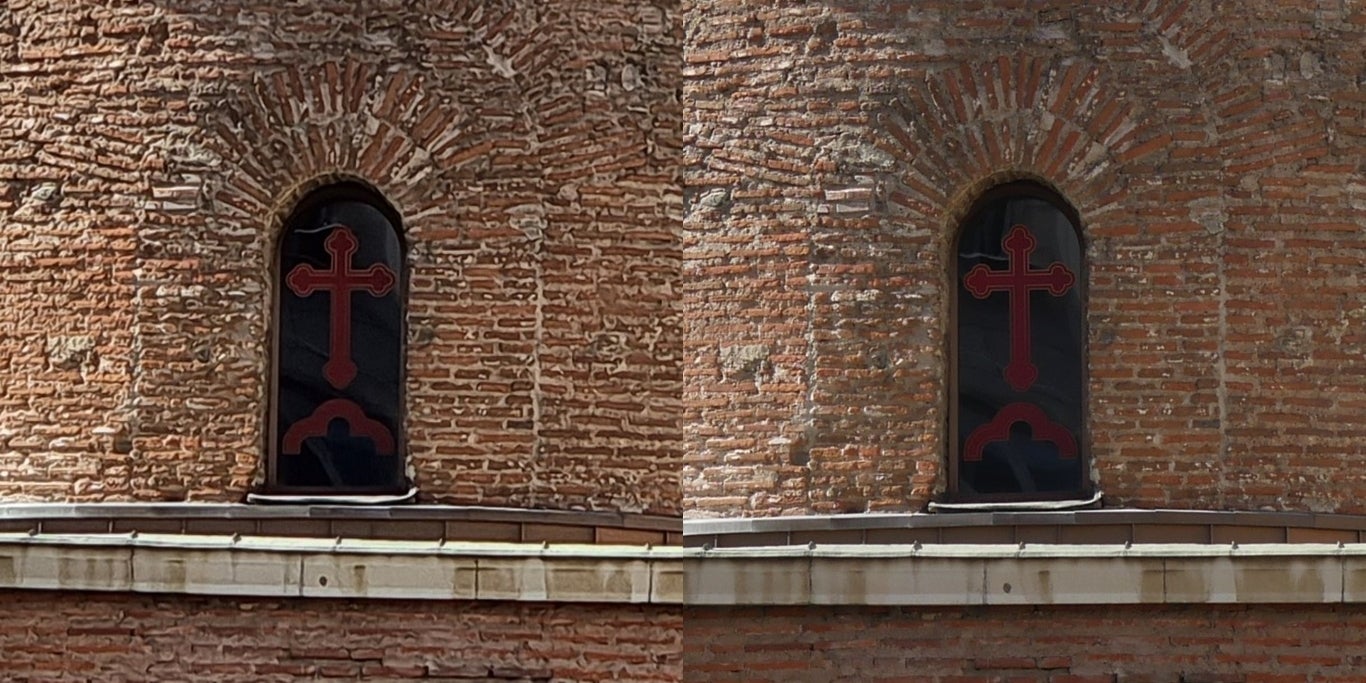
Galaxy S21 Ultra on the left, Panasonic Lumix GH4 on the right
Otherwise, this is a pleasing photo. If we were to upload this online, no one would bat an eye. True, mostly because the photo will be compressed, but also because not all people pixel-peep this much.
Ultrawide photography
Additionally, the S21 Ultra is capable of ultrawide photos which tend to look really nice.
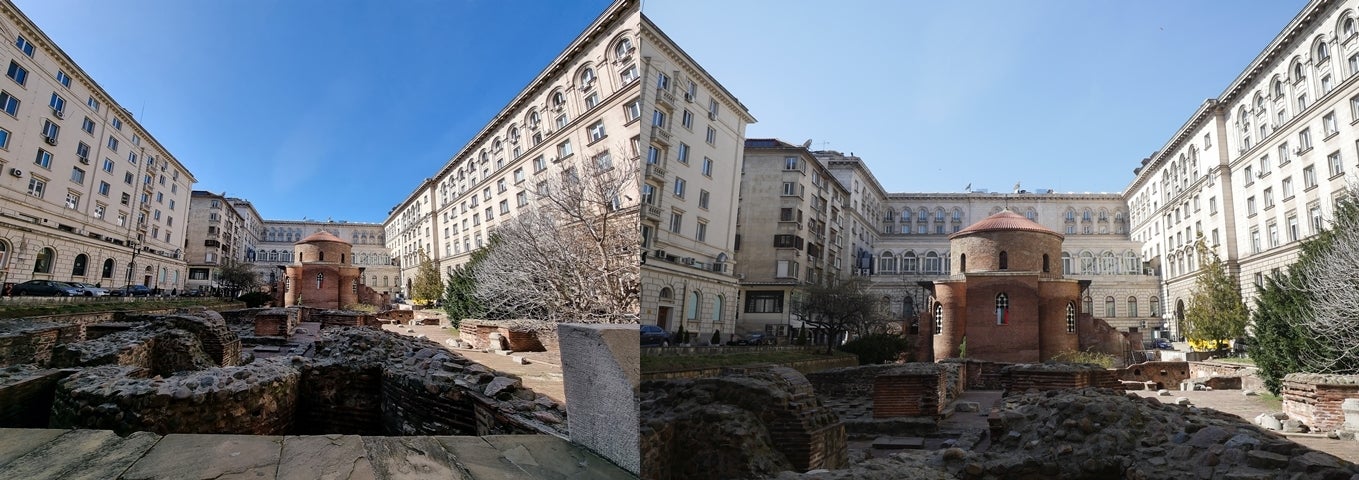
Galaxy S21 Ultra on the left, Panasonic Lumix GH4 on the right
You can technically achieve the same thing with the GH4, but you’d need to spend a good sum on a quality lens, so we tried our best with what we have. The lens mounted in the GH4 is not exactly narrow but it’s still interesting to see such a massive difference. Quality-wise though, the ultrawide is not exactly something we’d lean onto all the time since it’s noticeably less sharp than the main camera while on the GH4 we keep the nice quality its main and only sensor has to offer as seen here.

Panasonic Lumix GH4 on the left, Galaxy S21 Ultra on the right
Portrait photography
How about a portrait shot then.

Galaxy S21 Ultra on the left, Panasonic Lumix GH4 on the right
Well, we have to hand it to the phone, it may not be perfect just yet but our subject came out rather well cut out from the background. One caveat though is that the depth is not exactly natural and additionally, the quality of the image seems to be lower if you zoom in a bit and check it out.
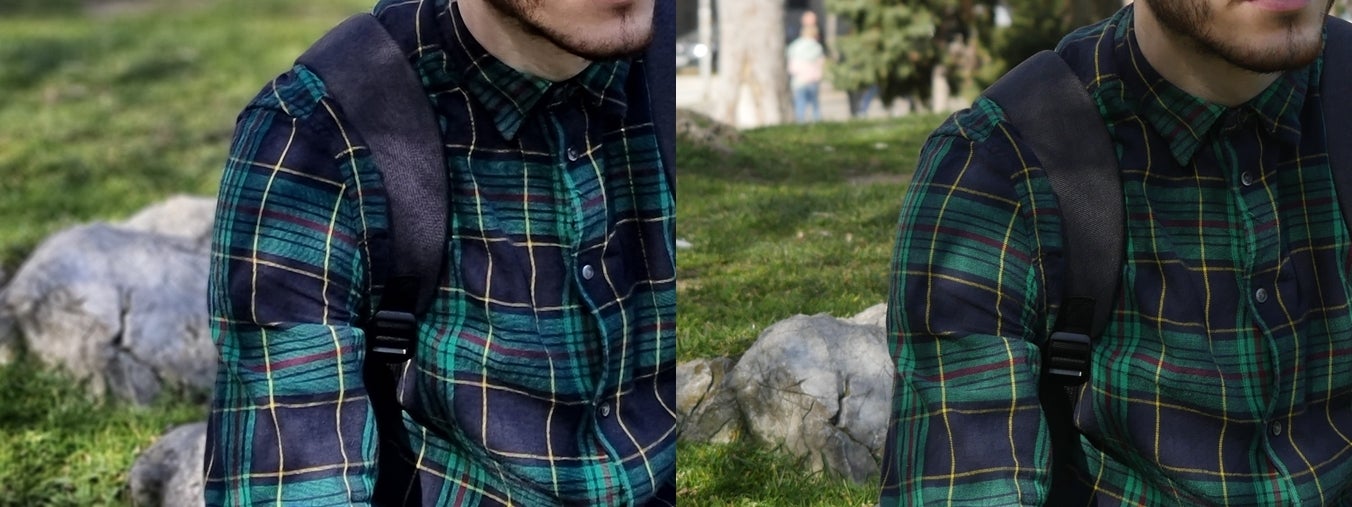
Galaxy S21 Ultra on the left, Panasonic Lumix GH4 on the right
Macro photography
Moving on, we did a macro shot and we have to say that we were expecting more from the Ultra.
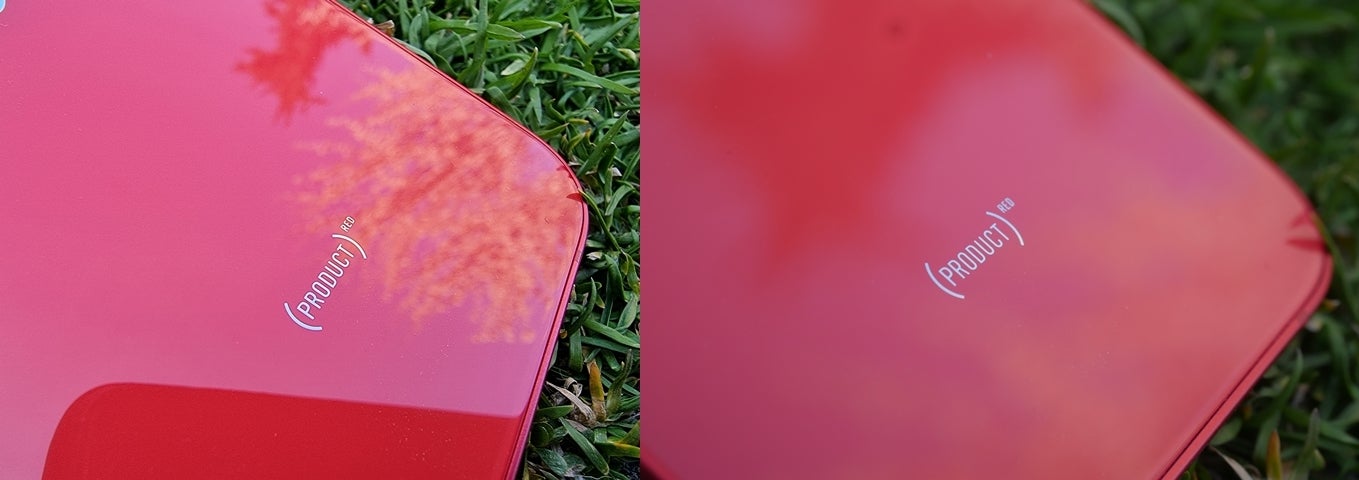
Galaxy S21 Ultra on the left, Panasonic Lumix GH4 on the right
Even if we exclude the fact that there is a lack of depth, the photos still came out a bit artificially sharpened while the GH4 retained a good look. Granted, the Ultra did manage to keep everything in focus, but if you pair a dedicated camera with a proper macro lens, then a phone won't even have a chance to compete.
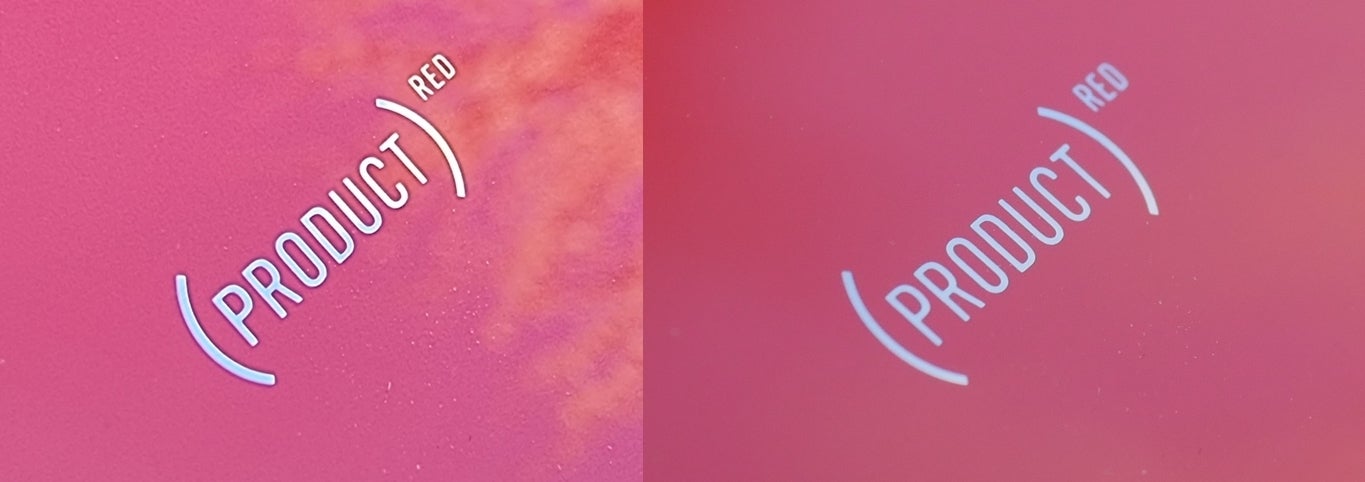
Galaxy S21 Ultra on the left, Panasonic Lumix GH4 on the right
Perhaps this feature may take another few years to be perfected on phones but we’ll see how it goes.
Zoom lens
So since that was a bust, we moved on to do a couple of zoom photos. And this was quite interesting.

Galaxy S21 Ultra on the left, Panasonic Lumix GH4 on the right
The phone had a rather impressive 100x zoom. Now, it’s not like you can’t achieve the same result with a dedicated camera but you’d need a rather large lens. Ours could only do 80mm maximum. One thing to consider about the S21 Ultra’s 100x zoom is that it, while being quite impressive for the size of the camera, is not exactly the sharpest and the small form factor of the Ultra makes it rather hard to be stable. Sure, Samsung did introduce software that locks onto a distant point to help out, but it’s still not easy to take such photos without a tripod which defeats the purpose of being portable. And this is where you’d also be glad that your dedicated camera actually has some heft to it.
Night photography
So how about night photography then? Well, this one was also really interesting to us. The GH4 we have with us is certainly not the best when it comes to taking photos at night time since it has a lot of noise at high ISO. But given that the Ultra has a rather small sensor, we were assuming that it would do worse and to some degree, it did.
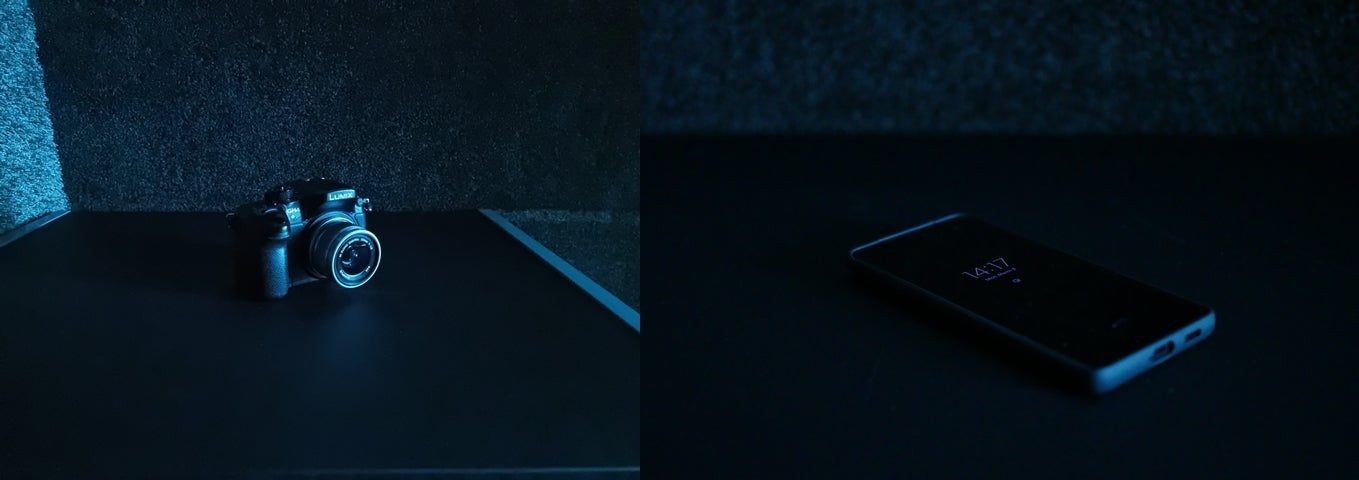
Galaxy S21 Ultra on the left, Panasonic Lumix GH4 on the right
The S21 Ultra produced more noise in a dark scene at 3200 ISO (or the highest sensitivity level of the camera) but it also grabbed more light which was impressive for such a small sensor. Furthermore, unlike the GH4, the Ultra is also capable of doing computational photography-based night shots. And we have to admit, the picture we took with this mode, came out the brightest we could ever achieve while holding both of these cameras in hand.
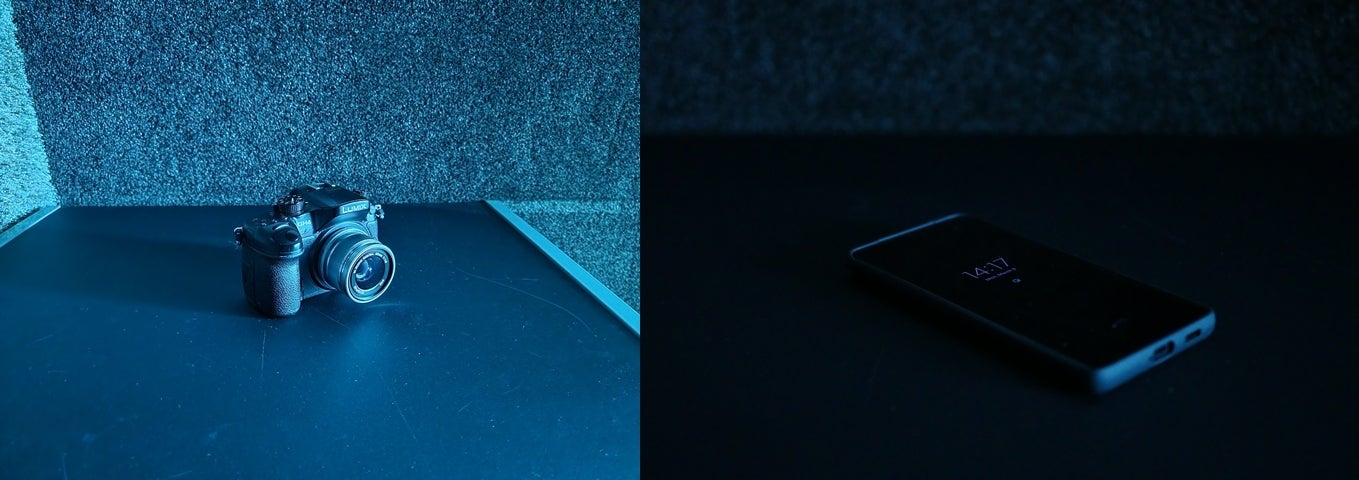
Galaxy S21 Ultra on the left, Panasonic Lumix GH4 on the right
It’s quite impressive if you think about it, being able to take a photo in the night while you are freezing outside mid-winter in a couple of seconds instead of bringing a whole tripod and doing a long exposure.
Conclusion
So as a conclusion we found out the following: if you’re just starting out or don’t need too many settings on your camera, then investing in a better phone might be your thing since it’s: A, compact, B, versatile, and C, of reasonable quality. Sure, you’re not beating a brand new camera in every aspect, but it is a jack of all trades, master of none, but oftentimes better than one.
And on the other hand, if you’re someone who has already tried doing photography and videography on your phone, and you want to upgrade, we’d suggest you simply start out with a new cheap or older interchangeable lens camera to further develop yourself down that path. Otherwise, the phone did a good job given its size, but it's clear that the mirrorless camera still produces a noticeably better overall result. At the end of the day, don't forget that the best camera is the one you have with you, and do the best with what you have.
Follow us on Google News


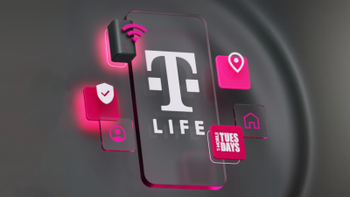

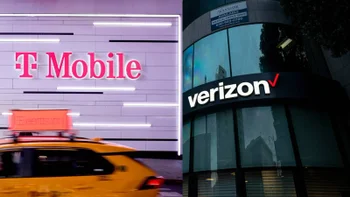

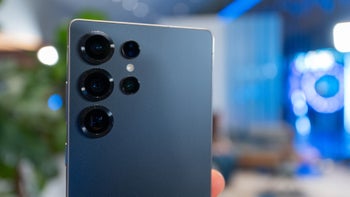

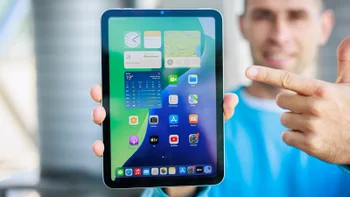

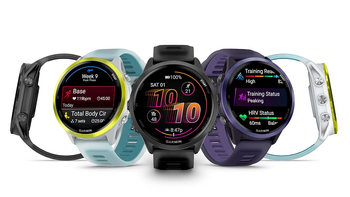
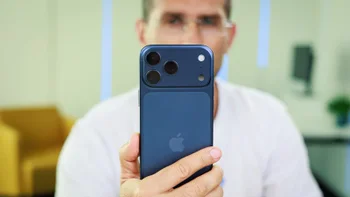
Things that are NOT allowed:
To help keep our community safe and free from spam, we apply temporary limits to newly created accounts: